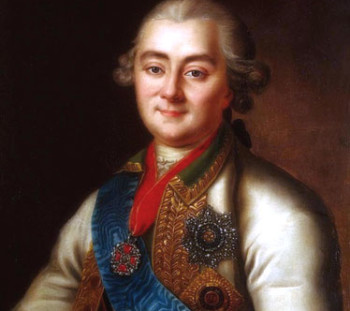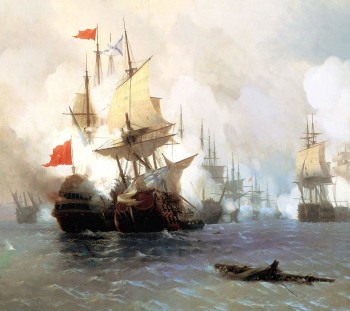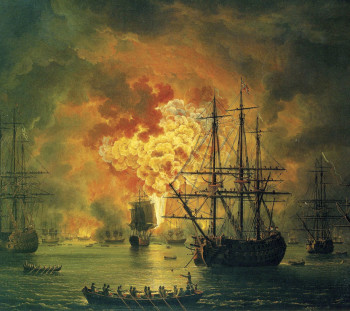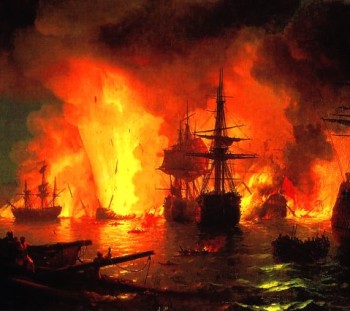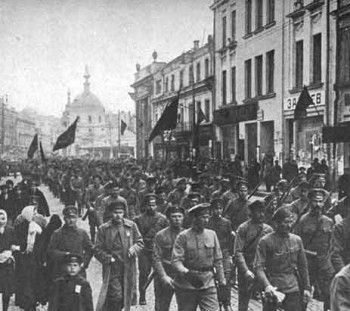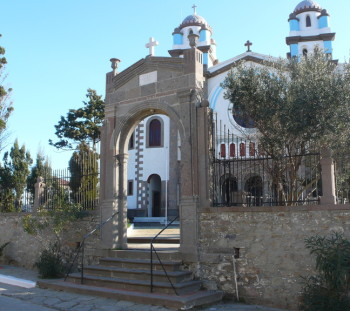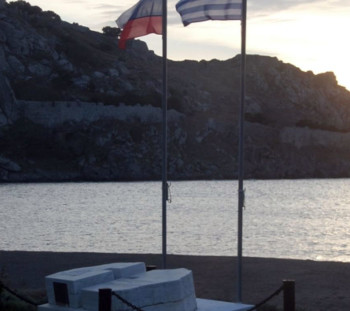Exhibition
The presence of Russians in Lemnos
The Russians appear in two historical periods in Lemnos. The first time, during the Russian-Turkish war in 1770, when the Russian fleet with Count Alexis Orloff arrived on the island and besieged the castle. In the collisions with powerful Turkish forces 72 Russian sailors were killed and buried in Moudros. Recently a “monument to the fallen in 1770 for the release of Lemnos” was erected in the courtyard of the Church of the Annunciation in Moudros. A monument to the fallen Russians has been erected at the Roman shore in Mirina as well.
The second time, in 1920-21. After the October Revolution of 1917 and the victory of the Bolsheviks, thousands of soldiers of the “White Army”, mainly Cossacks, and politicians fled South Russia and settled, with the help of the Allies, as refugees in former Allied camps, in the Balkans, Turkey and Tunis. All these fugitives exceeded 200,000 men in number and were the bulk of the Belarusian political fugitives that flooded Europe. Very soon, these huge numbers of men (and women) were distributed to twenty organized camps.
The first 5,000 Russians arrived in Lemnos in March 1920 and settled in Allied camps in the region between Portiano and Tsimandria under miserable conditions and hardships that caused many deaths. Other shiploads followed. The first months of stay in Lemnos were extremely difficult. The living conditions were tough and the supply of food from the Allies was limited.
Many sold precious objects brought from their homeland, to locals and British and French military, in order to survive. Deaths increased due to the hardships and epidemics. In late March, the British ceded a piece of land on the cape Punta for Russian graves. Until late May, at the Kalogeraki port, remained the steamship “Vladimir” as a hospital for the wounded officers who were moved from Novorossiysk. A large amount of the dead were children. Overall it is estimated that 350 Russians, of whom 82 were children, were buried in the Russian cemetery of Lemnos.
In June 1921 they started to transfer the Cossack military units and refugees in Bulgaria and Yugoslavia, a move that was completed at the end of the year. From January 1922 until March 1924 two officers remained on the island whose task was the maintenance of the Russian cemeteries, which, in later years, were abandoned and deserted. The attempt to identify and rebuild the Russian cemetery and committing annual memorials by the Russians began in 2004.
